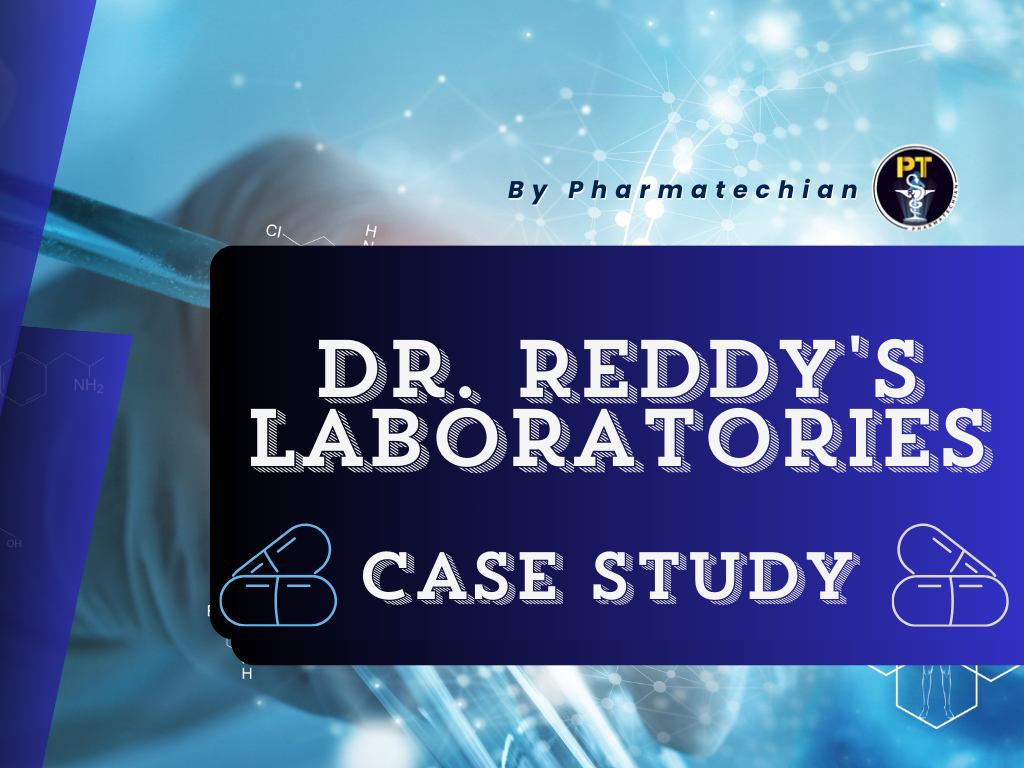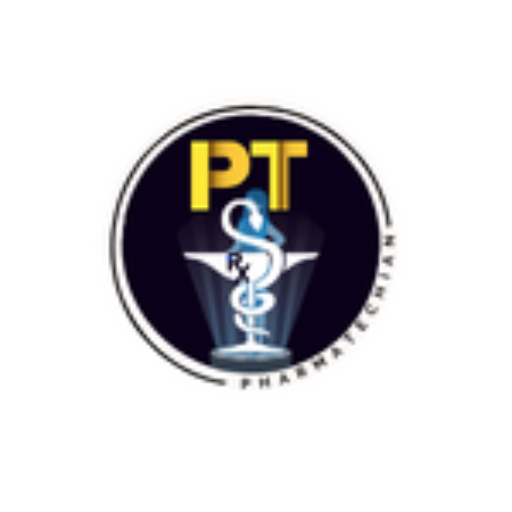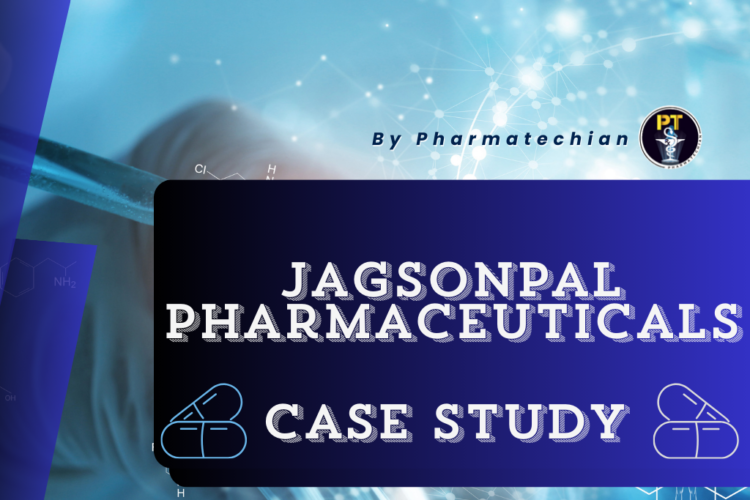
1. Growth and Expansion Strategy of Dr. Reddy’s Laboratories
Overview:
Founded in 1984 by Dr. Kallam Anji Reddy, Dr. Reddy’s Laboratories has become a prominent player in the global pharmaceutical market. The company’s growth and expansion strategy has been driven by strategic acquisitions, robust R&D investments, and an aggressive market penetration approach.
Key Milestones:
- 1984: Establishment of Dr. Reddy’s Laboratories.
- 1993: First company from India to launch a drug in Russia.
- 2001: Entered the U.S. generics market by acquiring BMS Laboratories and its subsidiary, Meridian Healthcare in the UK.
- 2006: Acquired Betapharm, a leading generics company in Germany.
- 2015: Expanded its biologics business by acquiring rights to develop and market anti-cancer drugs from Merck Serono.
- 2020: Entered into a partnership with the Russian Direct Investment Fund (RDIF) to bring the Sputnik V vaccine to India.
R&D Investments:
Dr. Reddy’s Laboratories has consistently invested in research and development, with a focus on complex generics, biosimilars, and novel drug delivery systems. The company operates multiple R&D centers across the globe, contributing to its ability to develop innovative solutions and maintain a competitive edge.
Market Penetration:
The company has a strong presence in over 25 countries, with significant operations in India, the United States, Russia, and Europe. Dr. Reddy’s has strategically expanded into emerging markets, capitalizing on its extensive product portfolio and low-cost manufacturing capabilities.
Graphical Representation:
2. Innovation and R&D in Dr. Reddy’s Laboratories
Overview:
R&D has been the cornerstone of Dr. Reddy’s Laboratories’ success, enabling the company to launch innovative products and maintain a robust pipeline.
Innovation Pipeline:
- Biosimilars: Development of biosimilars for complex therapeutic areas like oncology and immunology.
- Technological Advancements: Adoption of cutting-edge technologies in drug formulation and delivery, such as liposomal drug delivery systems.
- Partnerships: Collaboration with global research institutions and biotech firms to accelerate innovation. For instance, the partnership with Gland Pharma to enhance biosimilar production.
Competitive Edge:
The company’s focus on innovation has led to the successful launch of several first-to-market generic drugs, providing a significant competitive advantage in both domestic and international markets.
Graphical Representation:
3. Challenges and Regulatory Compliance
Overview:
Operating in a highly regulated industry, Dr. Reddy’s Laboratories has faced numerous challenges, particularly in maintaining compliance with stringent regulatory standards across different markets.
Regulatory Compliance:
- US FDA Compliance: Dr. Reddy’s has had several run-ins with the US FDA, leading to warning letters and import alerts. The company has responded by investing in quality management systems and ensuring adherence to Good Manufacturing Practices (GMP).
- Patent Laws: The company has been involved in several high-profile patent litigations, particularly in the generics market, which have required strategic navigation of international patent laws.
Navigating Challenges:
Dr. Reddy’s has addressed these challenges by enhancing its regulatory teams, focusing on compliance training, and adopting global best practices in manufacturing and quality assurance.
Graphical Representation:
4. Impact of COVID-19 on Dr. Reddy’s Laboratories
Overview:
The COVID-19 pandemic significantly impacted Dr. Reddy’s Laboratories, leading to disruptions in supply chains, changes in market demand, and the need for rapid adaptation.
Adaptation Strategies:
- Operational Adjustments: Increased production of essential medicines and generic drugs in response to the pandemic.
- Supply Chain Resilience: Strengthened supply chain operations to ensure the uninterrupted supply of critical medications despite global disruptions.
- Product Offerings: Successfully launched the Sputnik V vaccine in collaboration with RDIF, which became a major product during the pandemic.
Long-term Effects:
The pandemic accelerated the company’s digital transformation and emphasized the importance of supply chain resilience, leading to strategic shifts in their business model.
Graphical Representation:
5. Market Penetration and Globalization
Overview:
Dr. Reddy’s Laboratories has pursued an aggressive globalization strategy, focusing on both developed and emerging markets to expand its global footprint.
Expansion Strategies:
- Emerging Markets: Strong presence in Russia, CIS countries, and Brazil, leveraging cost-effective production and a broad product portfolio.
- Developed Markets: Established a foothold in the US and European markets through strategic acquisitions and partnerships.
- Localized Manufacturing: Set up local manufacturing units in key markets to overcome trade barriers and meet local regulatory requirements.
Overcoming Barriers:
Dr. Reddy’s has effectively overcome barriers to entry through strategic alliances, compliance with local regulations, and competitive pricing strategies.
Graphical Representation:
6. Corporate Social Responsibility (CSR) and Ethical Practices
Overview:
Dr. Reddy’s Laboratories has a strong commitment to corporate social responsibility, focusing on healthcare, education, and environmental sustainability.
Key Initiatives:
- Healthcare: Free health camps, affordable medicine initiatives, and significant contributions to healthcare infrastructure.
- Education: Scholarships, educational programs for underprivileged students, and support for educational institutions.
- Environmental Sustainability: Initiatives aimed at reducing carbon footprint, waste management, and promoting sustainable practices across their operations.
Impact:
These CSR initiatives have significantly enhanced Dr. Reddy’s brand reputation, contributing positively to the company’s public image.
Graphical Representation:
7. Supply Chain Management and Operational Efficiency
Overview:
Supply chain management is critical to Dr. Reddy’s Laboratories’ ability to deliver affordable medicines on time and maintain operational efficiency.
Key Strategies:
- Technology Integration: Implementation of AI and IoT for real-time monitoring, predictive analytics, and efficient resource allocation.
- Cost Management: Adoption of lean manufacturing principles and just-in-time inventory management to reduce costs and improve efficiency.
- Quality Assurance: Strict adherence to global quality standards to maintain product safety and efficacy.
Role of Technology:
Advanced technologies like AI and blockchain are integral to optimizing the supply chain, ensuring transparency, and enhancing efficiency.
Graphical Representation:
8. Competitor Analysis and Market Position
Overview:
Dr. Reddy’s Laboratories operates in a highly competitive landscape, facing competition from major global and Indian pharmaceutical companies.
Market Position:
- Product Portfolio: Dr. Reddy’s has a diversified portfolio, with strengths in generics, biosimilars, and OTC products.
- Pricing Strategies: Known for its competitive pricing, particularly in the generics segment, which allows it to capture significant market share.
- Global Presence: Strong global presence, particularly in emerging markets like Russia and Latin America.
Differentiation:
The company differentiates itself through its deep expertise in complex generics, strong global partnerships, and a focus on innovation.
Graphical Representation:
9. Sustainability and Environmental Impact
Overview:
Dr. Reddy’s Laboratories is committed to reducing its environmental impact through various sustainability initiatives.
Key Initiatives:
- Waste Management: Implementation of zero-waste processes and waste-to-energy projects across manufacturing units.
- Carbon Footprint: Investments in renewable energy sources and energy-efficient technologies to reduce greenhouse gas emissions.
- Sustainable Sourcing: Ensuring responsible sourcing of raw materials and promoting sustainability in the supply chain.
Future Plans:
Dr. Reddy’s plans to further enhance its sustainability efforts by increasing its use of renewable energy and improving its waste management systems.
Graphical Representation:
10. Financial Performance and Investment Strategies
Overview:
Dr. Reddy’s Laboratories has demonstrated strong financial performance, characterized by consistent revenue growth, profitability, and strategic investments.
Financial Analysis:
- Revenue Growth: Consistent growth with a focus on expanding high-margin segments like biosimilars and complex generics.
- Profitability: Maintains high profit margins through cost-efficient operations and strategic pricing in key markets.
- Capital Allocation: Strategic investments in R&D, global expansion, and technology-driven initiatives.
Graphical Representation:
11. Problems in the Company or Challenges
Challenges:
- Regulatory Compliance: Ongoing challenges with US FDA compliance have resulted in warnings and import alerts.
- Patent Litigation: Frequent involvement in patent litigations in the generics market.
- Market Competition: Intense competition from global and local pharmaceutical companies in key markets.
Strategic Response:
Dr. Reddy’s has focused on strengthening its regulatory compliance mechanisms and enhancing its legal strategies to mitigate these challenges.
12. Future Plans
Expansion:
- Focus on Biosimilars: Increase investment in biosimilars and complex generics.
- Digital Transformation: Continue to invest in digital technologies to enhance operational efficiency and innovation.
13. Adoption of Artificial Intelligence and Blockchain
AI and Blockchain Adoption:
- AI: Used in drug discovery, predictive analytics for demand forecasting, and optimizing clinical trials.
- Blockchain: Implemented in the supply chain for enhanced transparency, tracking, and traceability of pharmaceutical products.
Impact:
These technologies are expected to improve efficiency, reduce costs, and enhance regulatory compliance.
Graphical Representation:
Author




